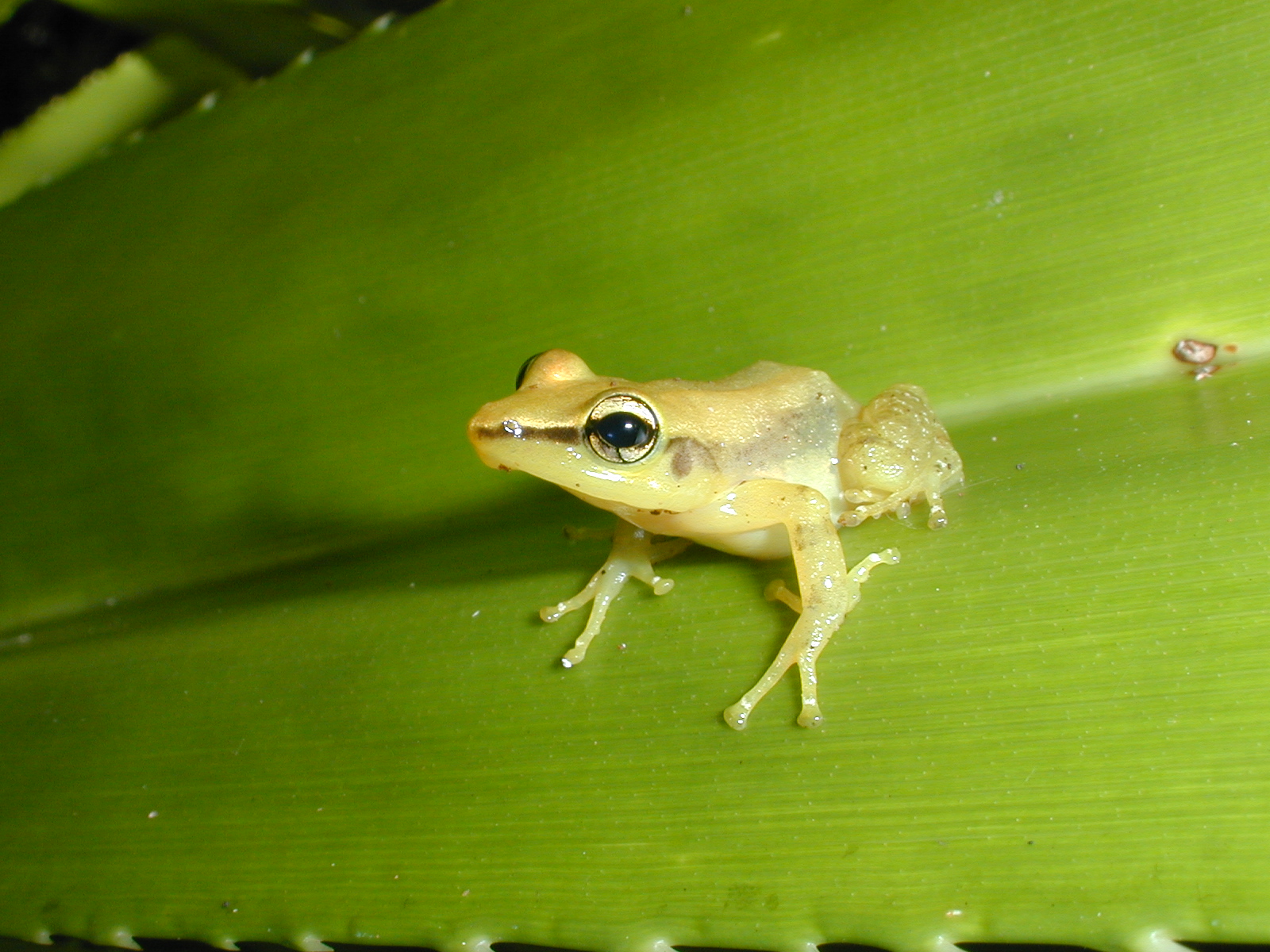The very first group of intrepid salamander biologists went out to Wooster Memorial Park on Saturday, September 17th. It rained much of the early morning hours but then let up as we went out into the woods. The wet weather definitely helped bring out our quarry. Squad members young and old caught and marveled at slimy, red-backed and two-lined salamanders as well as a super cute little ring neck snake.
If you missed it, our next outing is Saturday October 8th, 2016 from 9-noon. Please contact me (rlehtinen@wooster.edu) if you’d like to reserve a spot!

